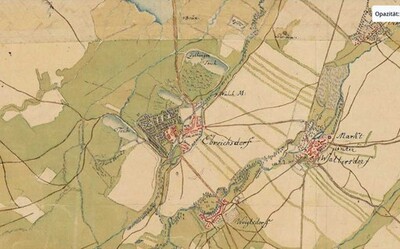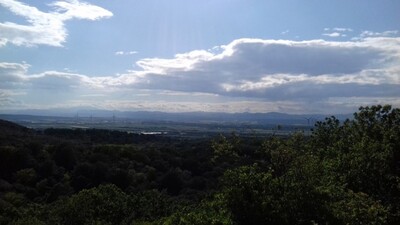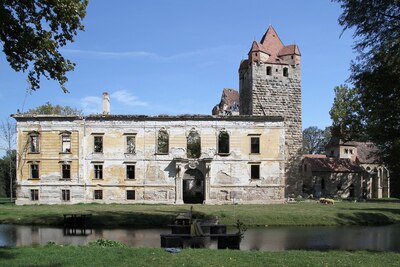Digital Humanities using the Example of the Castle of Ebreichsdorf in the Lower Austrian Industrial District
Description
One of the great scientific and popular science challenges of our time is how historical and cultural-historical content can be brought to the local, broad public in times of increased digitalisation due to the pandemic. How can corresponding sustainable familiarisation and learning effects be achieved in their context when it comes to local historical heritage? This question relates to a very important aspect of science, namely the field of “Digital Humanities”, which is undoubtedly also of great importance for Lower Austria and will continue to be so in the near and distant future.
Our object of study is the (moated) castle of Ebreichsdorf, which is located around 60 kilometres to the South-East of the capital of St. Pölten in the industrial district of Lower Austria and has been privately owned by the Drasche-Wartinberg family since 1909. It is located in a region that is of outstanding historical importance for both Austria and Europe, as it is situated at the crossroads between North and South and East and West, thus connecting the Polish and Bohemian countries with Northern Italy and South-East Europe with Central Europe.
The aims of our project are reflected in the following two research questions, which build on each other and simultaneously form two work packages:
- a) What role did the Castle of Ebreichsdorf (now the palace) play in the history of the region from the 10th to the 16th century and what did the landscape surrounding it look like at that time?
- b) Was the Castle of Ebreichsdorf a link between the Latin West and the Byzantine East?
Media
Explore
The access and use of our data is subject to the Creative Commons License CC BY 4.0 International (https://creativecommons.org/licenses/by/4.0/deed.en).
Presentations
| Presenter | Title | Conference | Location | Date | |
|---|---|---|---|---|---|
| Mihailo Popović | Über die Sinnhaftigkeit der und die Nachhaltigkeit in den Digitalen Geisteswissenschaften: Erkenntnisse aus der Perspektive der Historischen Geographie, Byzantinistik und Südosteuropaforschung | Ringvorlesung Master Mittelalterstudien | Heidelberg | 2025/06/10 | |
| Schloß Ebreichsdorf/Castle of Ebreichsdorf | Erstes Projekttreffen / First Project Meeting | Ebreichsdorf | 2025/05/15 |





